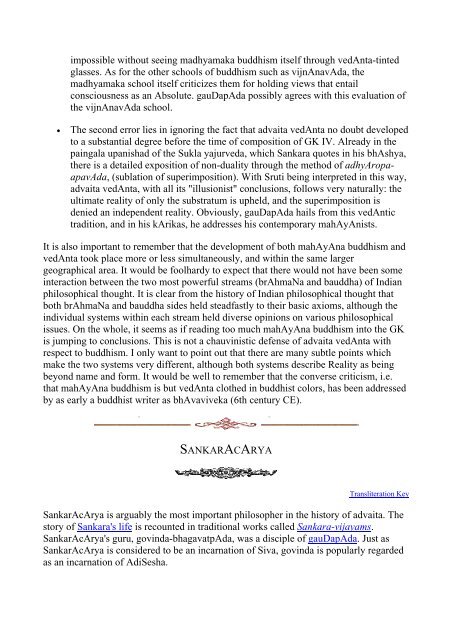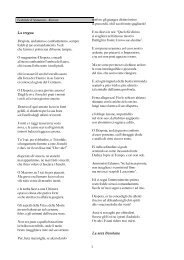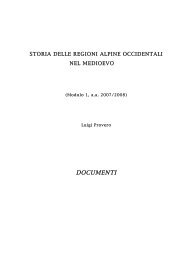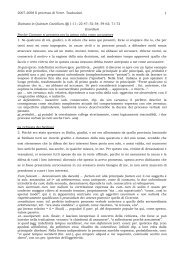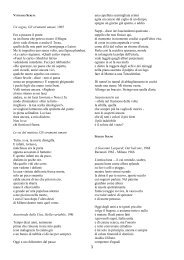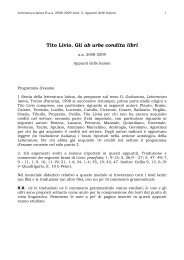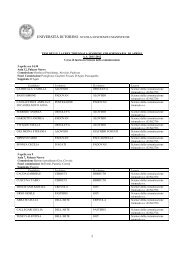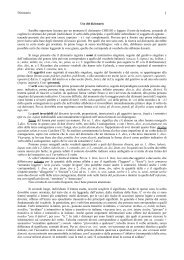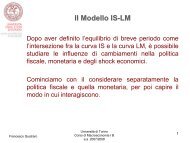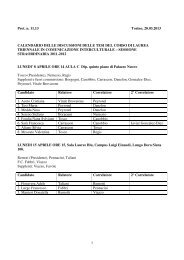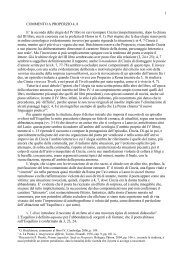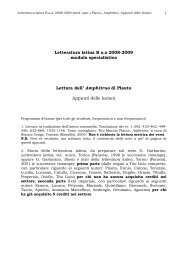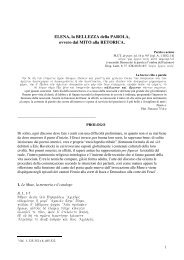ajAti vAda
ajAti vAda
ajAti vAda
Create successful ePaper yourself
Turn your PDF publications into a flip-book with our unique Google optimized e-Paper software.
impossible without seeing madhyamaka buddhism itself through vedAnta-tinted<br />
glasses. As for the other schools of buddhism such as vijnAna<strong>vAda</strong>, the<br />
madhyamaka school itself criticizes them for holding views that entail<br />
consciousness as an Absolute. gauDapAda possibly agrees with this evaluation of<br />
the vijnAna<strong>vAda</strong> school.<br />
• The second error lies in ignoring the fact that advaita vedAnta no doubt developed<br />
to a substantial degree before the time of composition of GK IV. Already in the<br />
paingala upanishad of the Sukla yajurveda, which Sankara quotes in his bhAshya,<br />
there is a detailed exposition of non-duality through the method of adhyAropaapa<strong>vAda</strong>,<br />
(sublation of superimposition). With Sruti being interpreted in this way,<br />
advaita vedAnta, with all its "illusionist" conclusions, follows very naturally: the<br />
ultimate reality of only the substratum is upheld, and the superimposition is<br />
denied an independent reality. Obviously, gauDapAda hails from this vedAntic<br />
tradition, and in his kArikas, he addresses his contemporary mahAyAnists.<br />
It is also important to remember that the development of both mahAyAna buddhism and<br />
vedAnta took place more or less simultaneously, and within the same larger<br />
geographical area. It would be foolhardy to expect that there would not have been some<br />
interaction between the two most powerful streams (brAhmaNa and bauddha) of Indian<br />
philosophical thought. It is clear from the history of Indian philosophical thought that<br />
both brAhmaNa and bauddha sides held steadfastly to their basic axioms, although the<br />
individual systems within each stream held diverse opinions on various philosophical<br />
issues. On the whole, it seems as if reading too much mahAyAna buddhism into the GK<br />
is jumping to conclusions. This is not a chauvinistic defense of advaita vedAnta with<br />
respect to buddhism. I only want to point out that there are many subtle points which<br />
make the two systems very different, although both systems describe Reality as being<br />
beyond name and form. It would be well to remember that the converse criticism, i.e.<br />
that mahAyAna buddhism is but vedAnta clothed in buddhist colors, has been addressed<br />
by as early a buddhist writer as bhAvaviveka (6th century CE).<br />
SANKARACARYA<br />
Transliteration Key<br />
SankarAcArya is arguably the most important philosopher in the history of advaita. The<br />
story of Sankara's life is recounted in traditional works called Sankara-vijayams.<br />
SankarAcArya's guru, govinda-bhagavatpAda, was a disciple of gauDapAda. Just as<br />
SankarAcArya is considered to be an incarnation of Siva, govinda is popularly regarded<br />
as an incarnation of AdiSesha.


